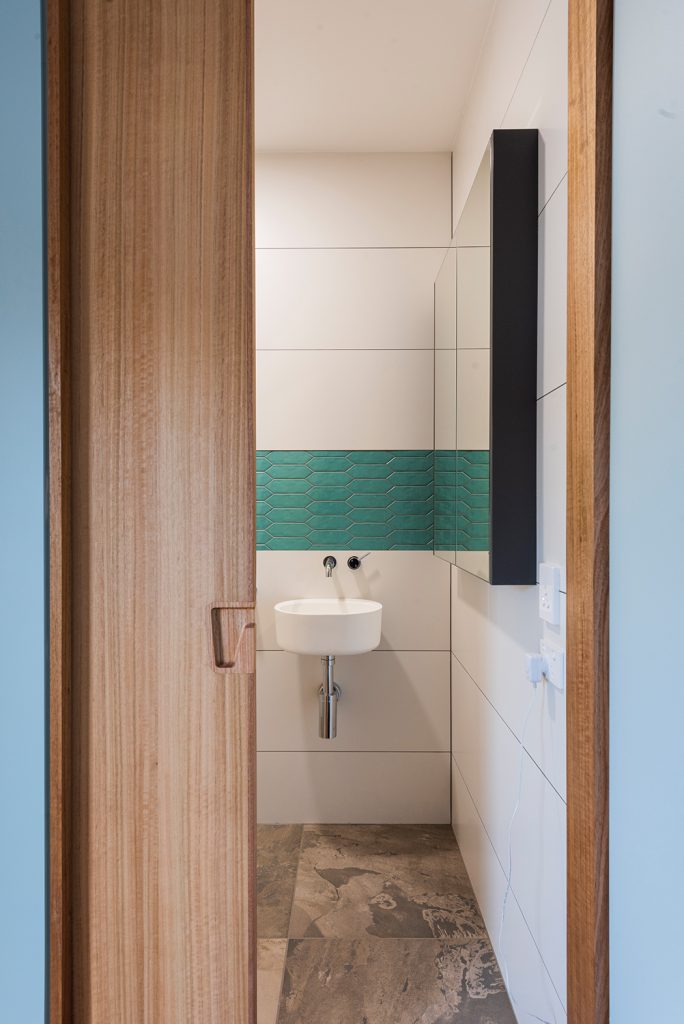The incorporation of cavity sliders in bathroom and wet room designs has become a trend, enhancing both aesthetics and functionality. However, ensuring water resistance within these spaces is crucial to prevent water damage and maintain structural integrity. In Australia, the building code outlines specific requirements for waterproofing bathroom floors and walls, emphasizing the need to address potential vulnerabilities introduced by cavity sliders.
The Significance of Waterproofing

Effective waterproofing is not just about preventing unsightly leaks; it safeguards the very foundation of your space. Water intrusion can lead to structural deterioration, mold growth, and compromise the longevity of your bathroom and interior sliding doors. When pocket door systems are introduced, attention to waterproofing becomes even more critical due to the inherent gaps and channels that can provide avenues for water infiltration.
Australian Building Code: Waterproofing Mandates
The Australian building code lays out precise regulations for waterproofing bathroom spaces to ensure safe and sustainable designs. When cavity sliding doors are involved, two key areas require special attention:
- Floor/Wall Junction: The code mandates waterproofing and sealing at the bottom of the floor/wall junction. This is a crucial point of vulnerability, as water can seep through any gaps and wreak havoc beneath the surfaces. By properly sealing this junction, you fortify your bathroom against water-related issues.
- Cavity Throat: The cavity throat, where the door is housed, may require extra sealing. This aspect is often overlooked, but water can infiltrate through the opening, compromising the adjacent areas. Implementing an effective seal at the cavity throat is a preventive measure against water ingress.
Innovative Solutions for Water Management

To address these waterproofing challenges when using cavity sliders, several solutions are available:
- Aluminium Angle Above Tile: Installing an aluminium angle just above the tiles along the floor/wall junction can serve as an effective barrier. This prevents water from entering the cavity pocket while providing a seamless transition between the floor and wall surfaces. This solution ensures a watertight seal without compromising the aesthetics.
- Aluminium Base and Hardwood Rails: An alternative approach requests using an aluminium base on the cavity slider combined with hardwood rails. This offers an opportunity to elevate the waterproofing strategy as the aluminium doesn’t absorbe the moisture like the timber bases. Properly sealed and raised off the floor, this design mitigates the risk of water seepage.
Importance of Waterproofing
The significance of waterproofing with internal sliding doors is paramount. Awareness can lead to proactive decision-making and the implementation of appropriate measures. Understanding the nuances of Australian building codes and how they relate to waterproofing empowers individuals to create sustainable and functional bathroom spaces that last a lifetime.
Conclusion
When designing bathrooms and wet rooms with cavity sliders, safeguarding against water intrusion is a responsibility that cannot be underestimated. Adhering to the Australian building code’s requirements for waterproofing ensures not only compliance but also the creation of spaces that stand the test of time. Remember, the essence of waterproofing is not just to prevent leaks, but to preserve the integrity of your space for years to come.
